
Prayer healing still engrained in Swiss culture

In some Swiss regions, a patient visiting a doctor with an ailment may be told to consult a prayer healer to speed recovery or ease pain. Such centuries-old healing traditions remain quite strong, but some observers warn of possible misuse.
Olivier Pochon, who lives in canton Fribourg, says he went to a hospital in canton Valais several years ago with a severe second-degree burn on his leg.
The burn was painful, and the nurse at the hospital gave his father the phone number of a prayer healer who she said could help ease the pain with a technique called “the secret”. Pochon isn’t sure whether the healer’s influence worked, but he says it couldn’t have done any harm. The burn eventually healed and the pain, he says, went away within days.
“They asked my father where it hurt, didn’t ask for many details and then said, okay, I will do what’s necessary,” Pochon says. “It’s something like a prayer, I don’t know. It’s bizarre. They administer the secret for the pain, they say, to ‘put out the fire’.”
The secret is widely practised across the French-speaking region of Switzerland, primarily in the cantons of Fribourg, Jura and Valais. Growing up, Pochon says his father had the contact information for a prayer healer in case of illness or injury.
Bernard Zurcher, an artist and active prayer healer from canton Vaud who uses the secret, says he had to prove himself worthy before having the ability to heal handed down to him more than 20 years ago.
“I learned it from a healer who was very well known in the Jura who has since passed away,” Zurcher says. “I had asked her to teach it to me but she didn’t do so right away, she called me several times over the course of three weeks, and one day she told me to come to her and she would explain to me how the secret works.”
Zurcher adds that every healer has a specialty; his are burns, asthma attacks and gout. Every healer also has a preferred technique for administering the secret, and Zurcher uses handwriting analysis. If the case is not too urgent, he asks the patient to write the request on paper and send it to him through the mail. Using that sample, Zurcher administers his healing technique – the details of which are, as its name suggests, kept secret – without ever having seen the patient in person.
Ancient prayers
Prayer healers are also particularly active in the eastern region of Appenzell.
Roland Inauen, director of the cultural office in canton Appenzell Inner Rhodes, says the tradition dates back centuries and spans across borders, as many of the prayers that prayer healers in Appenzell use today can be found in varying forms from Sicily to northern Germany as well as in texts dating back to the year 1000. Those prayers continue to be passed down to new generations of healers, as each healer is responsible for finding someone to carry on his work.
By tradition, the afflicted party or a relative calls a healer on the phone and describes the ailment. The healer then begins praying for a recovery. Often, healers are also called upon to treat animals, a practice with deep roots in Swiss farming traditions.
Accepting the role of prayer healer is a major responsibility that doesn’t yield monetary compensation, since healers are traditionally not allowed to accept payment for their work. However, Inauen says the tradition is in no danger of dying out in Appenzell.
“We know that at least 20 people in canton Appenzell Inner Rhodes are very busy working as prayer healers today,” he says. “It’s amazing how the young generation is really embracing these practices again, they consider it a given that it’s part of our culture, our health care system, and a very good part of it.”
A fine line
Although he recognizes prayer healing’s cultural value and believes it can benefit patients, Dieter Sträuli, president of the non-profit Infosekta advice centre and a former senior scientist of psychology at Zurich University, says there is often a fine line between the traditional practice and something more sinister.
infosekta seeks to educate and help those affected by the influence of cults or sects, and Sträuli says that the team sometimes comes across groups with dangerous dynamics born out of practices associated with prayer healing.
“More and more frequently, we have cases of healers, or gurus, who operate in the country in small villages and who suddenly acquire a large following,” Sträuli says.
“At the beginning all is well, they have seminars, they have meditation sessions, but after some time, the people get more dependent and the gurus ask for more and more of their freedom.”
Sträuli cites a recent case in a small Swiss town where a healer degraded and abused her followers into doing household chores for her until someone called infosekta and reported the situation. According to Sträuli, in such cases some followers may need counselling.
Ties to modern medicine
Though he admits many traditional doctors tend to laugh off prayer healing as an ineffective treatment method, Inauen says that many use it as a companion to their own medical recommendations and that it can have “wonderful complementary effects to traditional medicine”.
“There are certain ailments, such as warts, that ordinary doctors treat with prayer healers. They tell their patients, go to them first, before I operate or do any interventions. That is done more often today than ever before,” he says, adding that prayer healing has been documented to be very effective against warts in particular.
Sträuli also warns that prayer healing can become dangerous and even illegal if healers intervene and tell patients not to seek attention from conventional doctors.
“Modern medicine is too much outside of language – it’s just bodies, corpses, dissection, anatomy, metabolism and chemistry. And the idea that you can work a change with talking is something which is accepted, for example in the domain of psychoanalysis. The significance of language is much greater than we imagine.”
“This is where healers come in. Much of their success, or apparent success, can be explained with the placebo effect or the effect of suggestion. Sometimes this helps.”
The intersection between faith healing traditions and modern medicine is generally harmonious in Switzerland. The Swiss Patients Association advocates that faith healers be aware of and work in tandem with conventional medical practices.
“It’s important that faith healers know their limits and that illnesses and injuries also be treated by traditional doctors,” a spokesperson told swissinfo.ch. “Serious prayer healers should tell their patients to seek the advice of a doctor as well.”
The Valais Hospital in Sion offers a blend of modern medicine and faith healing if a patient so desires. Head of hospital communications Florence Renggli told swissinfo.ch that staff keep the phone numbers of several local faith healers on hand and provide them to patients in certain situations.
“It’s quite common here in the region, and some [local] people have these powers. In the case of severe burns, for example, we may give their names to patients,” she said.
The Federal Health Office told swissinfo.ch it has no official position on faith healing.

In compliance with the JTI standards
More: SWI swissinfo.ch certified by the Journalism Trust Initiative







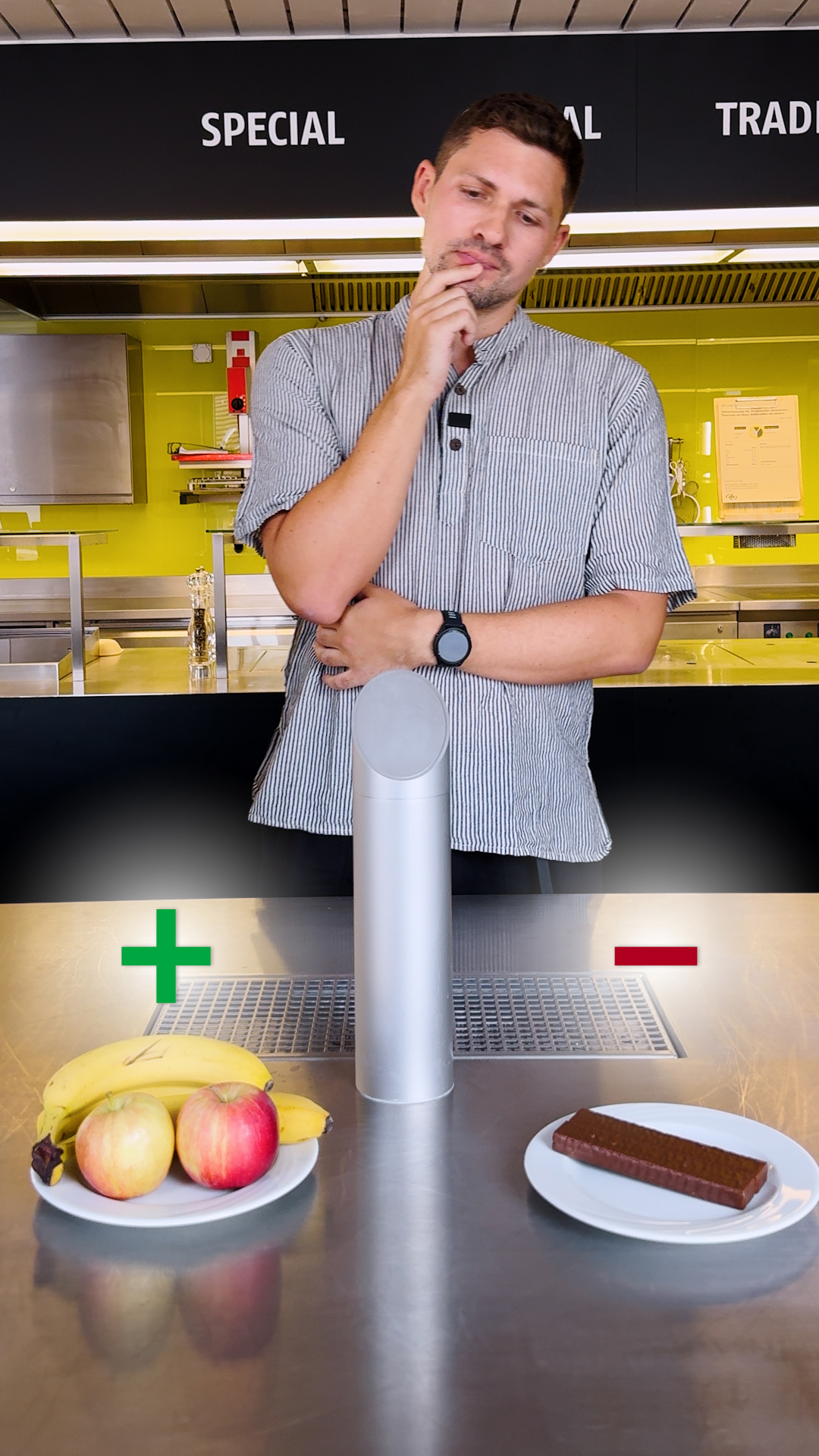













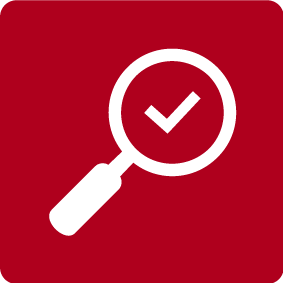




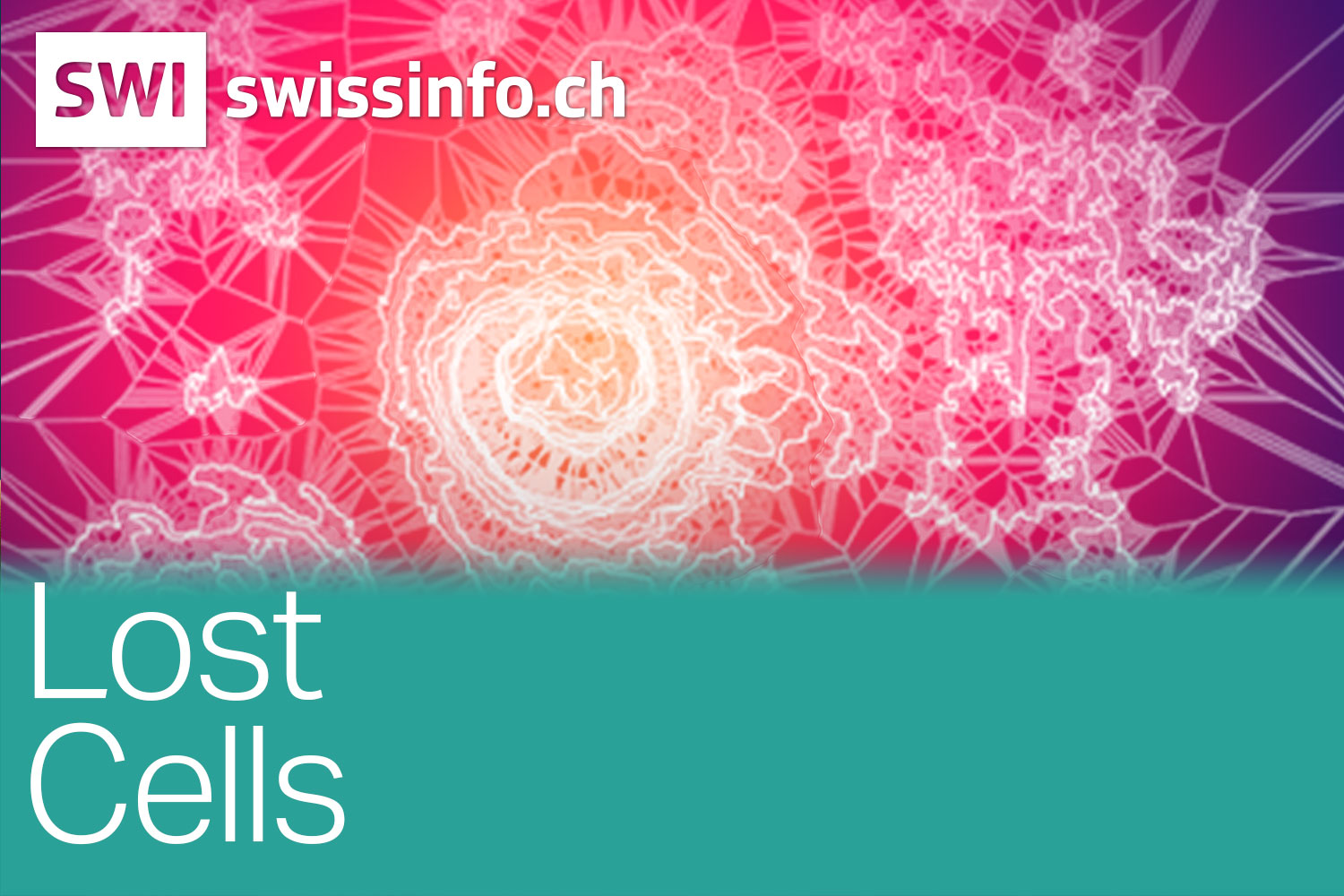




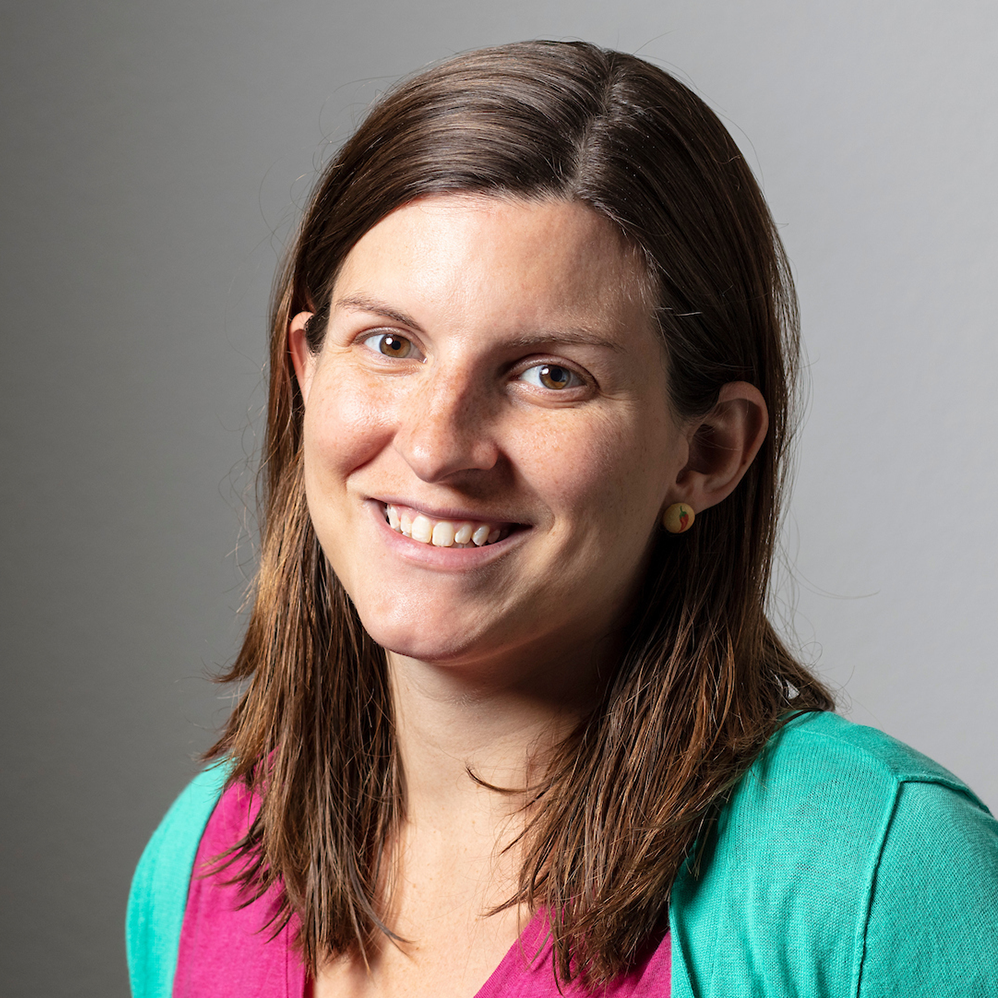







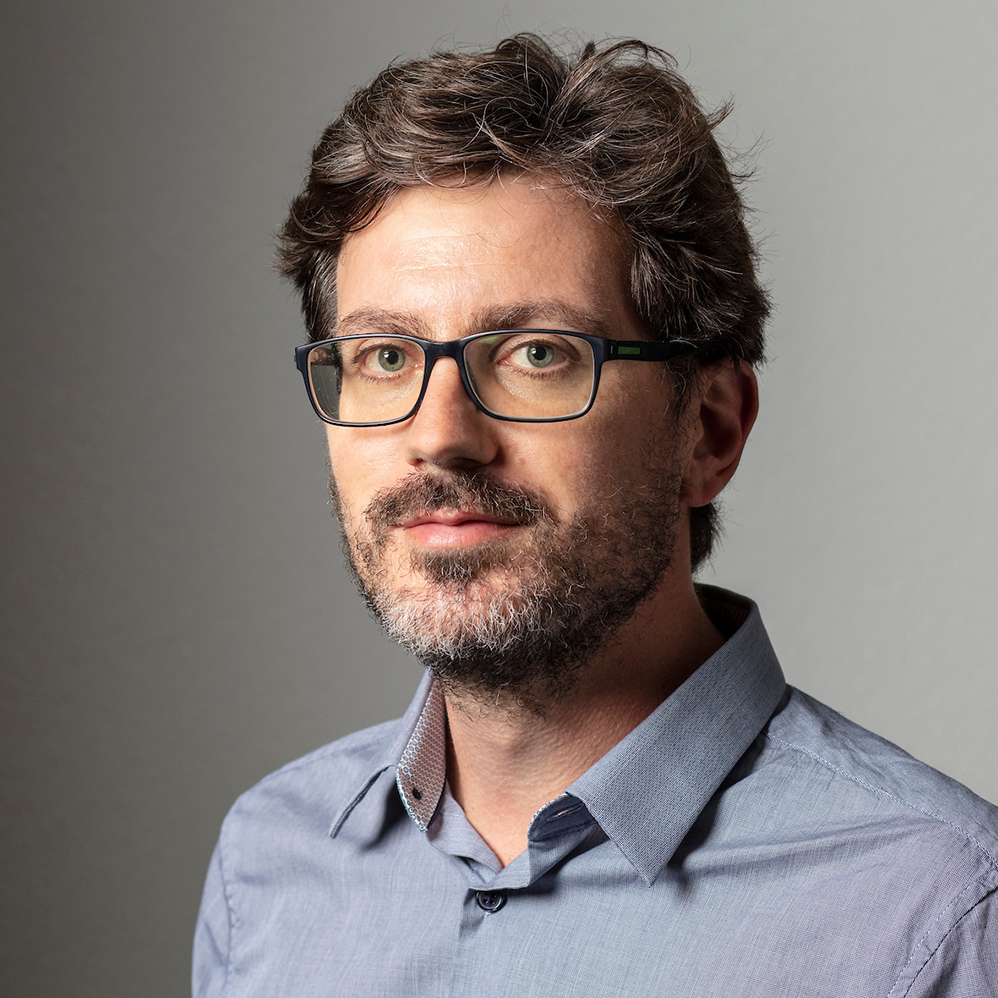



You can find an overview of ongoing debates with our journalists here . Please join us!
If you want to start a conversation about a topic raised in this article or want to report factual errors, email us at english@swissinfo.ch.